The Ocean Is Boiling’: The Complete Oral History of the 1969 Santa Barbara Oil Spill

On January 28th, 1969, crude oil and gas erupted from a platform off the coast of Santa Barbara, California. Alarm over the disaster reverberated around the world, energizing the nascent environmental movement and leading to a slew of legislative changes.
7 Facts about plastic bags that will change how you use them

There’s no denying that plastic bags are bad for the environment. It’s well researched and well documented – and yet 160,000 plastic bags are still used every second around the world. This needs to change, so we’ve put together some facts that will change the way you (and your friends) use plastic bags (and hopefully stop you using them all together).
Gambia: Tourism and the Environment – Tribute to the ‘Unsung Heroes’ Context
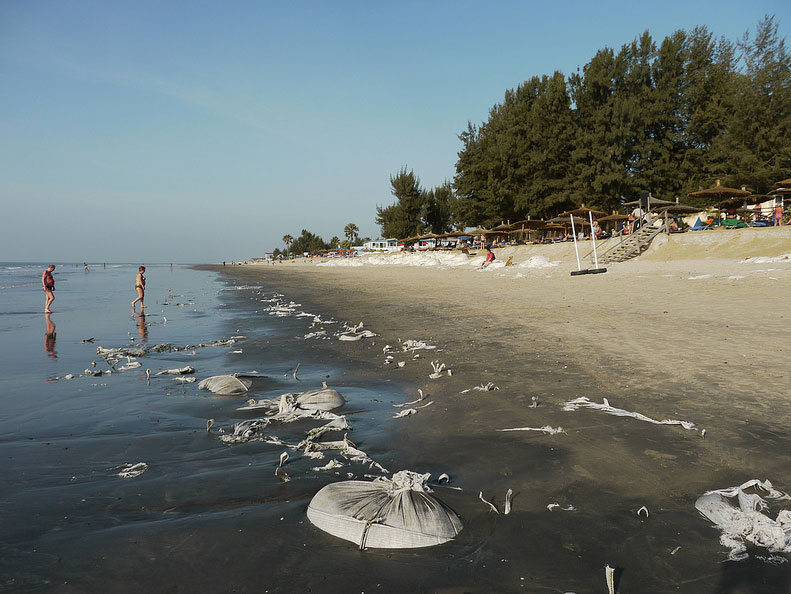
Gambia’s tourism industry was bedeviled with a range of menaces including – indiscriminate dumping and littering of our beaches, as well as debasing of our beaches through sand mining and related environmental malpractices to other areas frequented by our coveted guests and tourists. The need to tackle the environmental and sanitary challenges of tourism, head on, therefore became imperative.
Mesmerizing Video Of Hawaii Beach Sand Reveals Unsettling Reality

It’s easy to appreciate the beauty of a beach in Hawaii, with its electric blue waters lapping over a coast of golden sand. But hidden in plain sight is a devastating reality that nonprofit Sustainable Coastlines Hawaii captured in a video.
Plastic No More, Also in Kenya
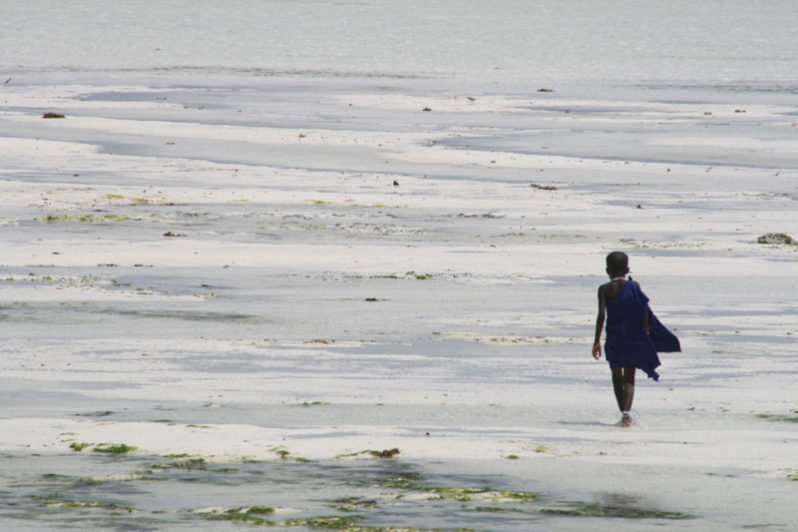
Kenya has just joined the commitment of other 10 countries to address major plastic pollution by decreeing a ban on the use, manufacture and import of all plastic bags, to take effect in six months.
Kailua Beach sand project gets underway, triggers stream pollution fears
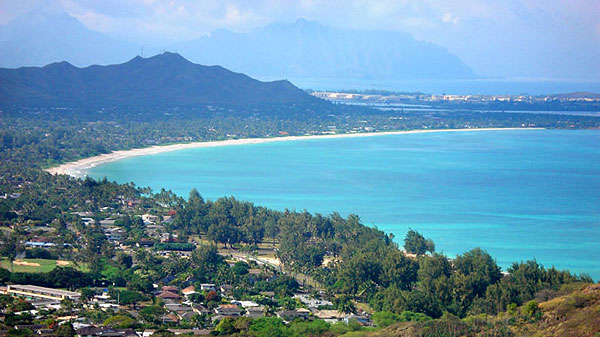
Longtime residents believe that the water quality in Kailua bay has degraded.
Ridding the oceans of plastics by turning the waste into valuable fuel
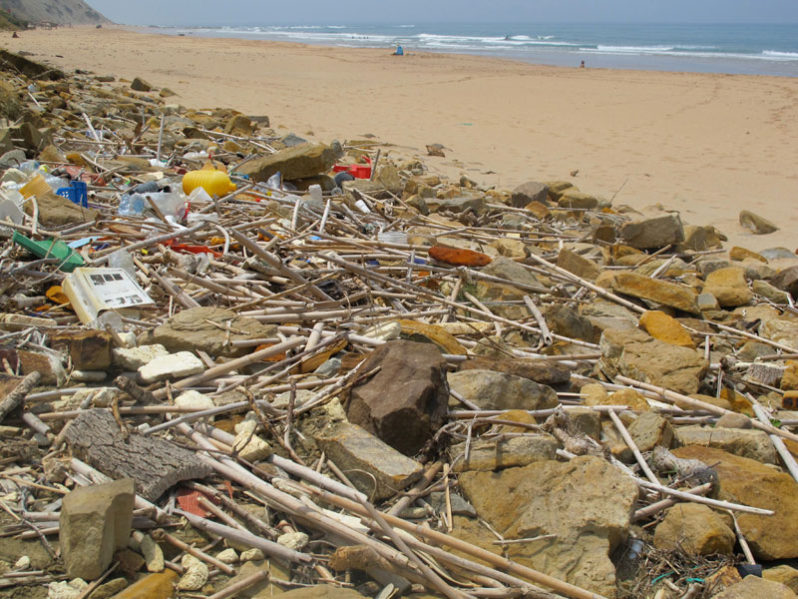
Billions of pounds of plastic waste are littering the world’s oceans. Now, an organic chemist and a sailboat captain report that they are developing a process to reuse certain plastics, transforming them from worthless trash into a valuable diesel fuel with a small mobile reactor that could operate on land or at sea.
Trump scraps Clean Power Plan: What that means for Earth
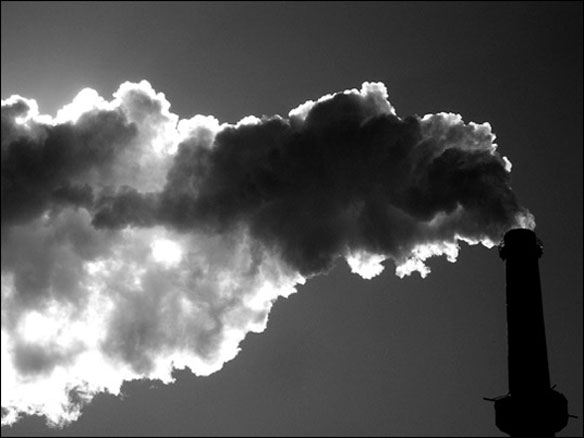
President Trump signed an executive order Tuesday to dismantle the Clean Power Plan. The plan, which President Obama’s administration put into effect in 2015, was designed to cut power plant emissions of carbon dioxide (CO2), a greenhouse gas that is warming the planet. The Clean Power Plan requires that, by 2030, the power sector’s CO2 emissions be brought down to 32 percent below their 2005 levels.
Seattle plant failure dumps millions of gallons of sewage

Millions of gallons of raw sewage and untreated runoff have poured into the United States’ second-largest estuary since a massive sewage treatment plant experienced equipment failures that forced it to stop fully treating Seattle’s waste.
